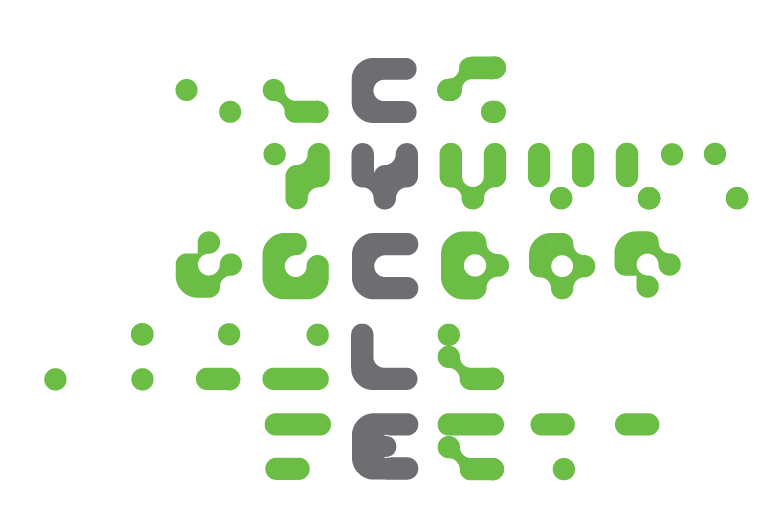Syracuse Housing Authority



The James Geddes Housing Development in Syracuse, New York, is a public housing residential development owned and operated by the Syracuse Housing Authority. The retrofit pilot project at 418 Fabius Street is the first step of a roadmap to decarbonize and retrofit the 35 buildings in the Development. The pilot project will feature the innovative Hydronic Shell system, a complete central HVAC distribution system that is integrated into prefabricated modular façade panels that are assembled quickly, cost-effectively, and non-invasively around the exterior of a multifamily building. The proposed panelized solution will reduce the installation time, enabling the application of logistics planning and installation tools, and ultimately reducing costs compared to conventional methods, such as the installation of EIFS or rainscreens, shifting the paradigm of deep energy retrofits from time-consuming labor-intensive field assembly to a scalable, industrialized assembly and installation method. The Hydronic Shell HVAC distribution system will be integrated into the prefabricated panels and all components will be installed from the outside of the building, minimizing tenant disruption. This system will improve the building's insulation, air-sealing, and overall energy efficiency.
This project has received widespread recognition and multiple grant awards. Its successful implementation will catalyze the repositioning of the James Geddes Development, currently a Section 9 housing development, into a Section 8 conversion under the Rental Assistance Demonstration (RAD) program or other alternative funding programs, which will provide a more sustainable funding model and open the doors to additional financing for capital improvements and the retrofitting of the remaining thirty-four (34) buildings of the development.
This project has received widespread recognition and multiple grant awards. Its successful implementation will catalyze the repositioning of the James Geddes Development, currently a Section 9 housing development, into a Section 8 conversion under the Rental Assistance Demonstration (RAD) program or other alternative funding programs, which will provide a more sustainable funding model and open the doors to additional financing for capital improvements and the retrofitting of the remaining thirty-four (34) buildings of the development.
